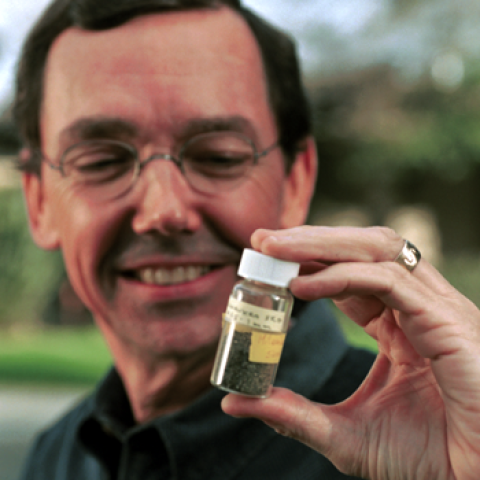Interdisciplinary Initiatives Program Round 1 - 2000
Richard Luthy, Civil & Env. Eng.
Stephen Monismith, Civil & Env. Eng.
David Epel, Hopkins Marine Station
Richard Zare, Chemistry
Sediments comprise a reservoir from which benthic organisms can acquire toxic compounds, which then bioaccumulate as they are passed up the food chain to higher predators such as fish and birds.
Our work seeks to develop a better understanding of the sediment geochemical processes that influence the bioavailability and bioaccumulation of polychlorinated biphenyls (PCBs) and polycyclic aromatic hydrocarbons (PAHs). Our approach is to characterize the means by which these contaminants are assimilated from sediment into marine organisms at the base of the food chain. Our hypothesis is that sediments contain different types of sorbent organic matter and that the bioavailability of hydrophobic organic compounds like PCBs and PAHs is dependent on the nature of the organic matter in sediments to which the PCBs and PAHs may be bound.
This study comprised experimental investigations of the relationship between carbonaceous sorbents in sediment and the bioavailability of organic contaminants bound to these particles.




